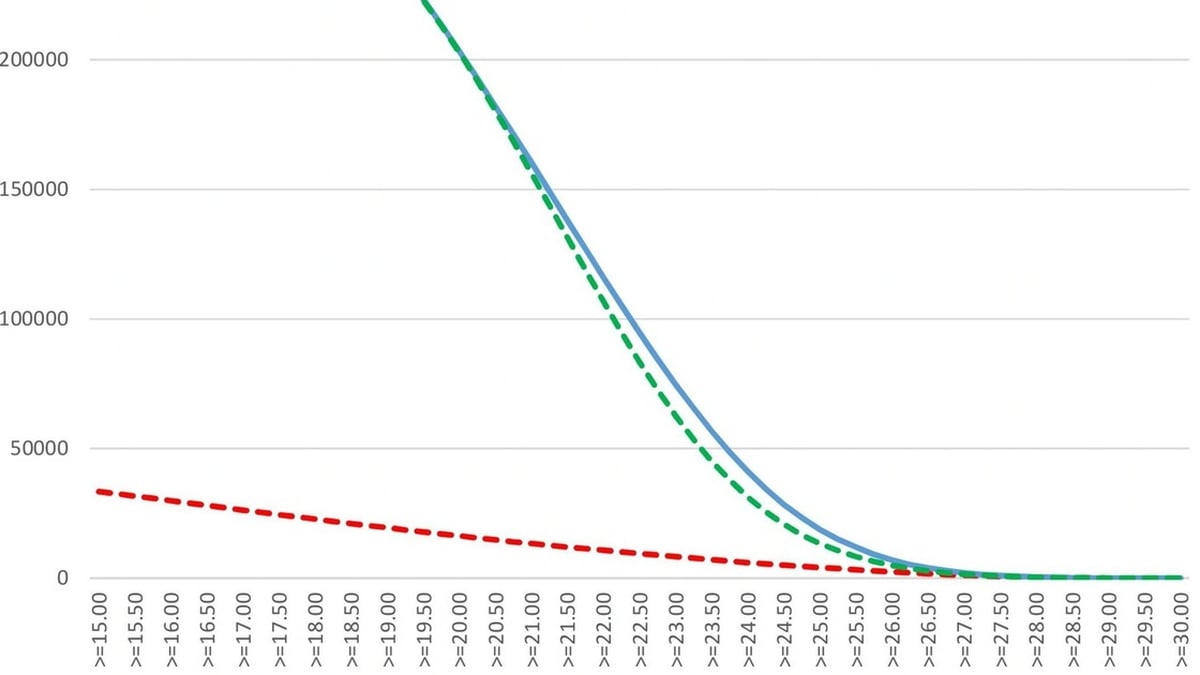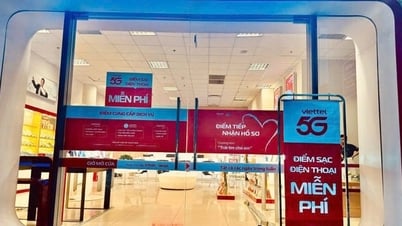Revenue from traditional services is declining, telecommunications companies are jumping into a fierce race with cable TV companies by "weapon" of reducing the price of mobile video streaming services, combined with other utilities.
Some industry executives say it is time to offer service packages that customers “cannot easily escape.”

“We had programs for wireline, data, and video, and the average phone bill in the New York metropolitan area was about $78. We got it down to $30 and got a lot of customers,” said former Charter Communications CEO Tom Rutledge. “I think the same opportunity is coming to mobile.”
Charter and Comcast (two US cable giants) have had considerable success with their mobile strategies. According to financial analysts at Cowen, the two companies have struck a “sweetheart” deal with Verizon, giving them the ability to sell mobile services that operate on the carrier’s network at a lower price than Verizon itself.
As a result, the two companies captured 31% of total new postpaid wireless customers in the third quarter of 2022. Comcast and Charter now have more than 10 million mobile customers.
Charter recently added fuel to the already heated race when it announced a SpectrumOne promotion, offering mobile and home broadband service for about $50 for the first year of subscription.
“Charter has special promotions all the time, but they are not designed to increase broadband customers, but to attract new wireless mobile users,” said analyst Doug Dawson of CCG Consulting.

Meanwhile, major carriers like Verizon and T-Mobile are both leveraging their vast holdings of mid-band 5G spectrum to expand fixed wireless access (FWA) services, moving into cable TV territory.
According to Cowen analysis, the two companies added more than 800,000 new FWA customers in the third quarter of 2022, more than the entire US broadband industry combined.
T-Mobile and Verizon also use bundled pricing to attract customers in addition to increasing their cellular service fees. For example, T-Mobile offers two months of FWA for free, which equates to a $20 monthly discount for customers who sign up for its cellular service, while Verizon offers the same for users who sign up for both FWA and cellular.
Bundling is not a new strategy for cable providers, Rutledge said. Comcast, Charter and a host of other companies have long used different TV and video services to add “weight” to consumers’ home Internet subscriptions.
But the rise of direct-to-consumer video streaming has largely wiped out pay-TV revenue for cable companies.
Meanwhile, carriers like T-Mobile, AT&T, and Verizon have all been working to add streaming options like Netflix and Disney+ to their mobile plans. But they’ve also run into significant problems in this area, with AT&T and Verizon pulling out of the media altogether, and T-Mobile no longer participating in Tvision, a campaign that was once promoted as a way to help customers “cut the cord.”
(According to LightReading)
Source






































































































Comment (0)